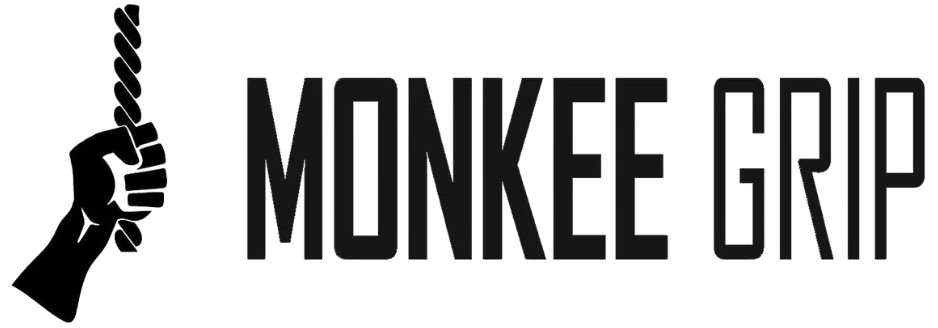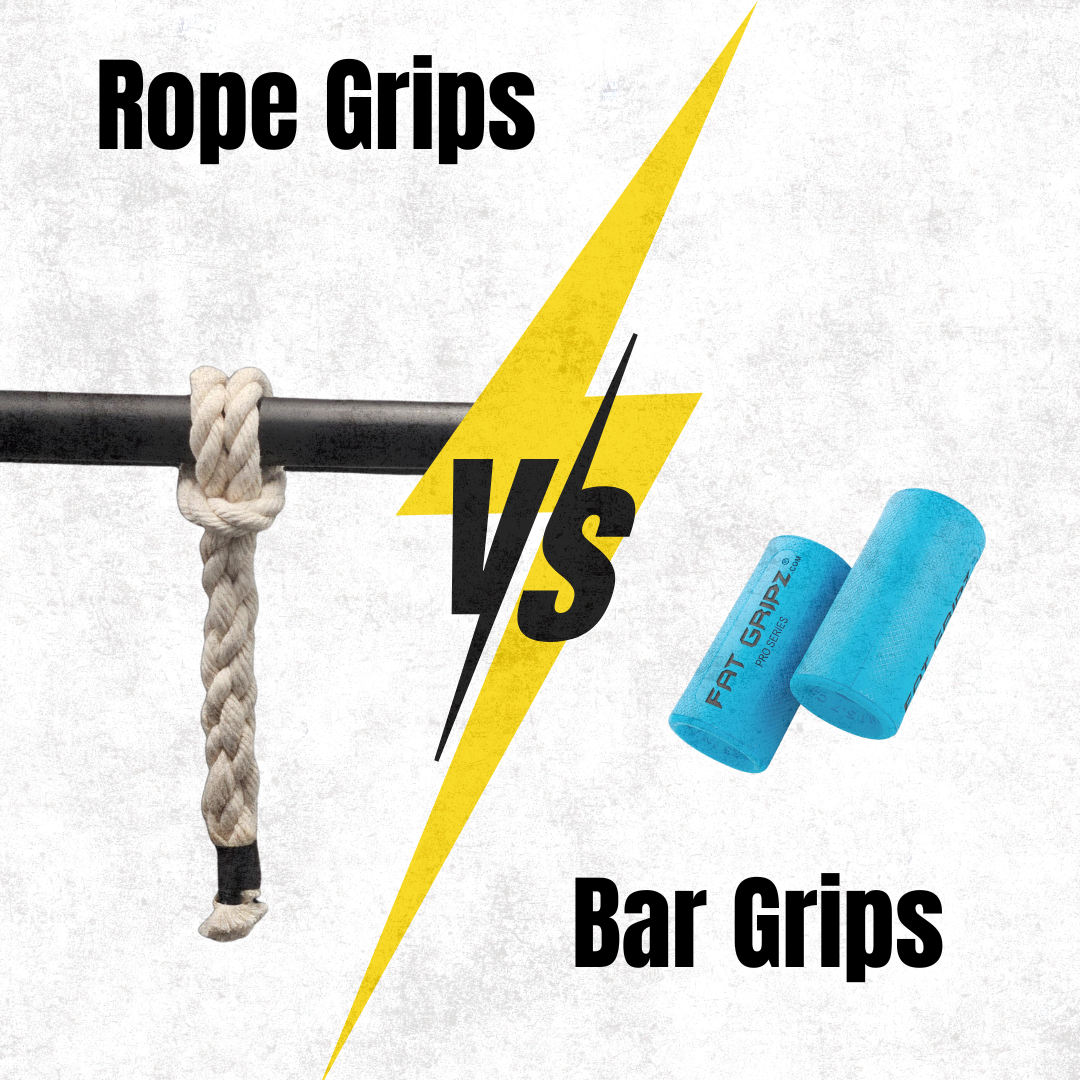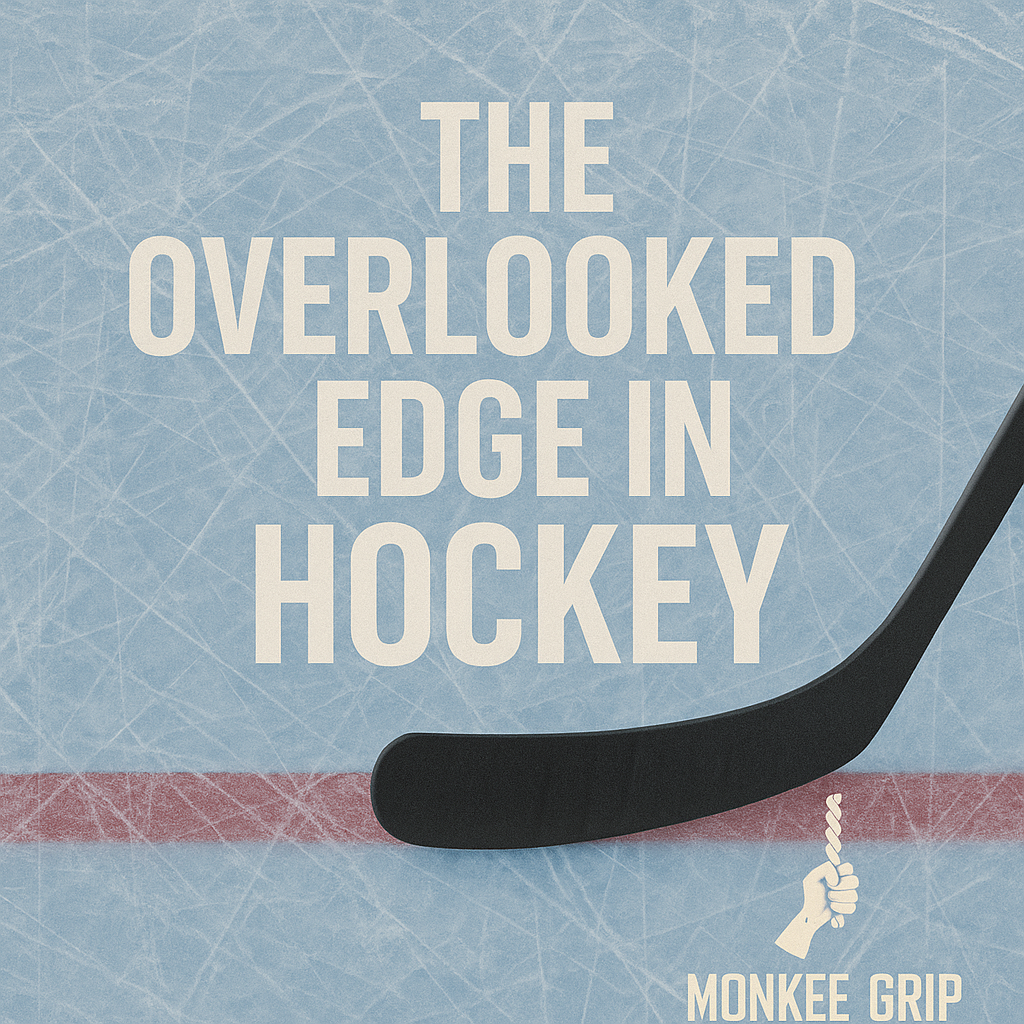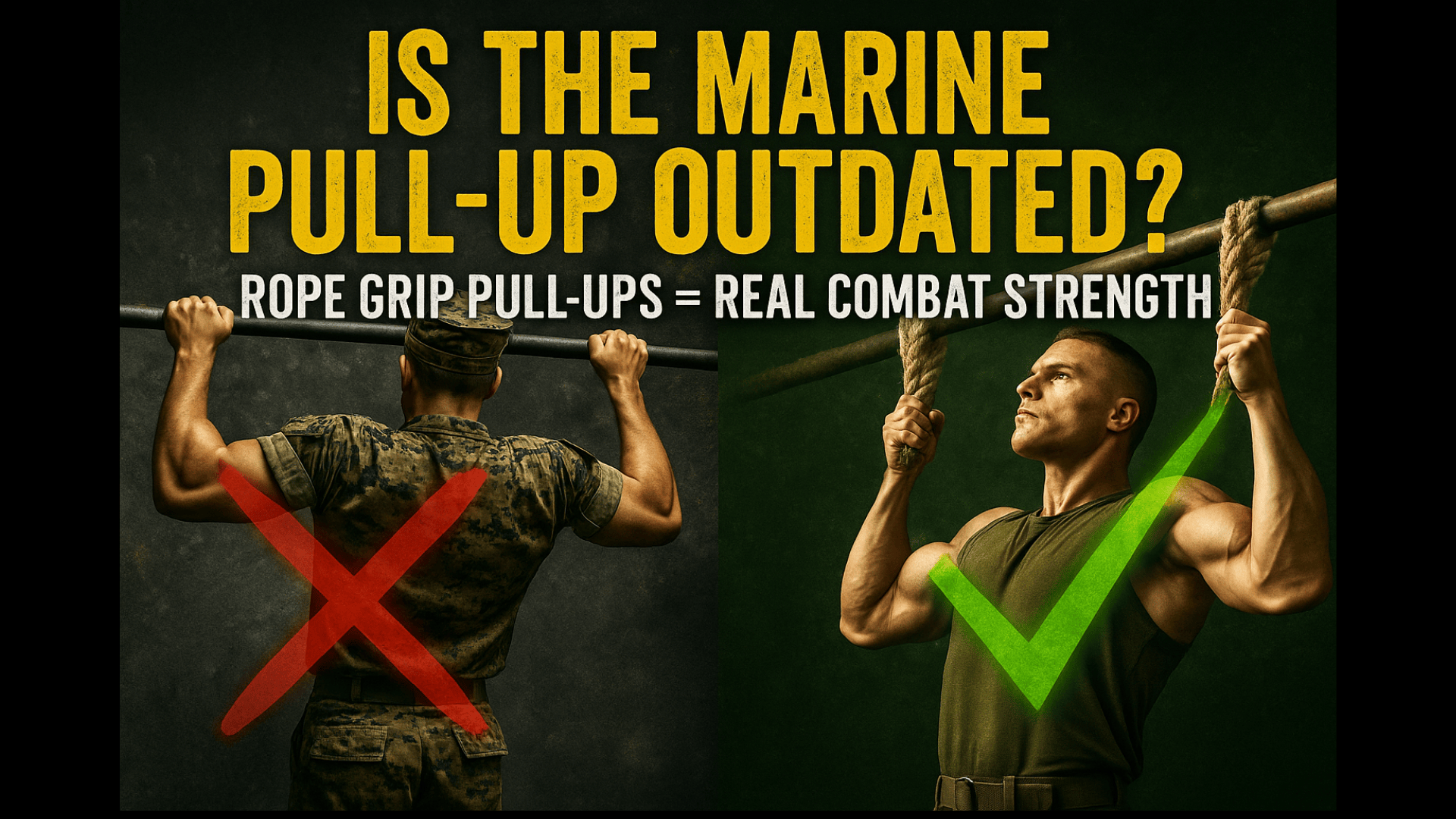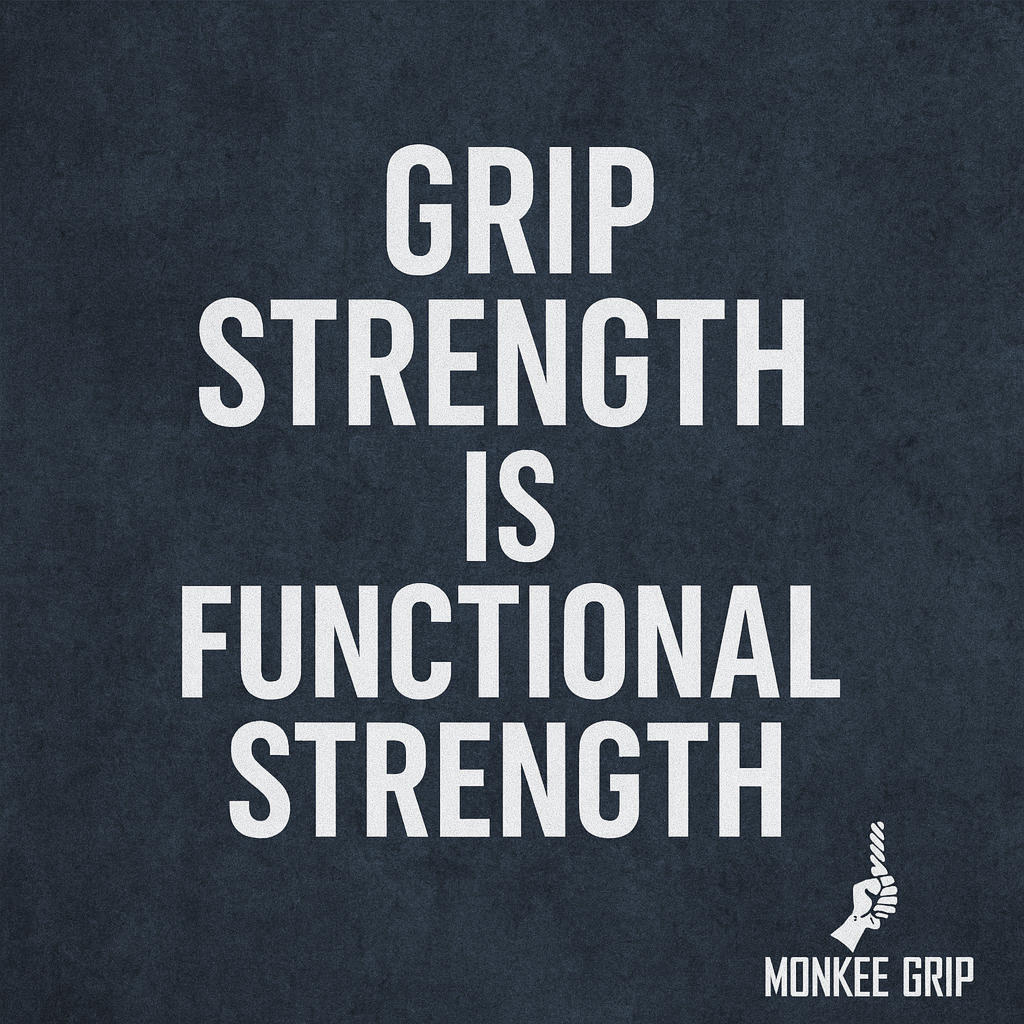Grip Strength Is Functional Strength
Bulk does not equal better performance
TL;DR
Chasing ego muscles can make you look strong while moving slower and performing worse. Functional strength is strength that transfers to sports, hobbies, and daily life. Since the hands are the point of contact with the world, grip strength acts like a force gateway. Build better grip and you improve control, power transfer, and resilience across almost everything you do.
Ego muscles vs. functional strength
When I started lifting, I trained for the mirror. Arms, chest, delts. I got bigger, but I also got slower and tighter. My athletic performance ultimately dipped. I could move weight in a controlled gym path, but I struggled to convert that into speed, endurance, or clean mechanics on the field.
That forced me to rethink my approach. I stopped asking how big I could get and started asking how well my body could move as a system. Functional strength is the answer to that question — practical, transferable, and measurable where it matters.
And the more I studied and tested it, the more obvious it became: functional strength starts in the hands.
What functional strength really means
Functional strength is the ability to produce, resist, and control force in positions and patterns that show up in real life. It’s not about isolating muscle fibers — it’s about connecting them into coordinated systems that can perform.
It prioritizes movement quality, joint stability, and control over sheer mass. Big muscles can help, but bulk alone doesn’t guarantee any of that. At higher levels of sport, unnecessary size often becomes a liability — reducing relative strength, slowing acceleration, and taxing conditioning.
Why grip is the keystone
Your hands are the interface between your body and the world. When that interface is weak, every other link in the chain loses efficiency.
A strong grip improves three things that define real-world strength:
- Force transfer – A solid grip locks the hand-wrist-forearm unit, letting energy from the hips, core, and back move cleanly through the kinetic chain into the bar, bat, or rope.
- Control and mechanics – Secure contact lets you focus on clean movement patterns instead of fighting to stabilize. That control protects joints and improves precision.
- Endurance and repeatability – When your forearms fatigue, your mechanics collapse. Stronger grip means consistent technique deep into sets, plays, or rounds.
There’s also a neurological element: gripping hard triggers irradiation — the co-contraction of surrounding muscles that stiffens the entire chain for stronger, safer output. It’s system-wide strength, activated through your hands.
Bulk does not equal performance
If mass alone produced better athletes, every pro would just chase the biggest possible version of themselves. They don’t — because performance is a ratio game.
Strength, power, speed, and endurance all depend on efficiency relative to bodyweight. Extra size that doesn’t enhance those ratios is just ballast. Grip, on the other hand, offers a strength-to-weight return no other training variable can match. It makes every rep you do more transferable, without slowing you down.
Where grip shows up: sports, hobbies, and life
Grip strength isn’t just for climbers or lifters — it’s the silent multiplier behind almost every physical skill.
In athletics, it improves ball control, swing stability, and contact strength. Football players secure carries and fight off defenders with stronger wrists and forearms. Hockey players gain cleaner stick handling and quicker releases. Baseball and golf players maintain clubface alignment and endurance under pressure. Climbers know grip is the difference between a hold and a fall.
In hobbies and trades, it keeps your hands steady, reduces fatigue, and improves precision — whether you’re swinging tools, working on a project, or playing an instrument.
And in daily life, it’s the quiet strength that makes you capable — carrying groceries, luggage, kids, or anything else without strain. Grip is one of the best predictors of longevity because it represents system-wide resilience.
How to train grip for function, not ego
You don’t need a “grip day.” Just integrate grip into what you already do. Thicker handles, longer holds, and unstable loads make your body stabilize naturally — which is what functional training is all about.
Here’s a sample approach:
- Dead hangs and active hangs – Build time under tension through your hands and shoulders.
- Farmer and suitcase carries – Train tension, posture, and anti-rotation together.
- Rows and pull-ups with thicker handles – Turn standard lifts into full-chain work.
- RDLs or trap-bar pulls – Use thicker grips on back-off sets for combined hinge and grip endurance.
- Sled pulls or drags with towels/straps – Build strength through different angles without spinal stress.
Progress by adding seconds or distance before adding load. Keep wrists stacked, and balance crush grip with open-hand or pinch work to protect your joints.
Common mistakes that kill transfer
- Treating grip as isolation work only — it’s most powerful when integrated into compound movement.
- Death-gripping everything — over-tensioning ruins rhythm and burns out forearms.
- Chasing max weight with bent wrists — that’s how you wreck elbows.
- Bulking for its own sake — if it slows you down or reduces range, it’s not strength; it’s armor you don’t need.
Bringing it back to Monkee Grips
Functional strength is about usefulness. Grip is the gateway.
Monkee Grips make your existing training more functional by turning every pull, press, or carry into a grip-integrated challenge. You’re not adding extra gym time — you’re unlocking more value from the time you already spend.
Build muscle that moves, not just muscle that flexes.
Start with your grip, and the rest of your system will follow.
